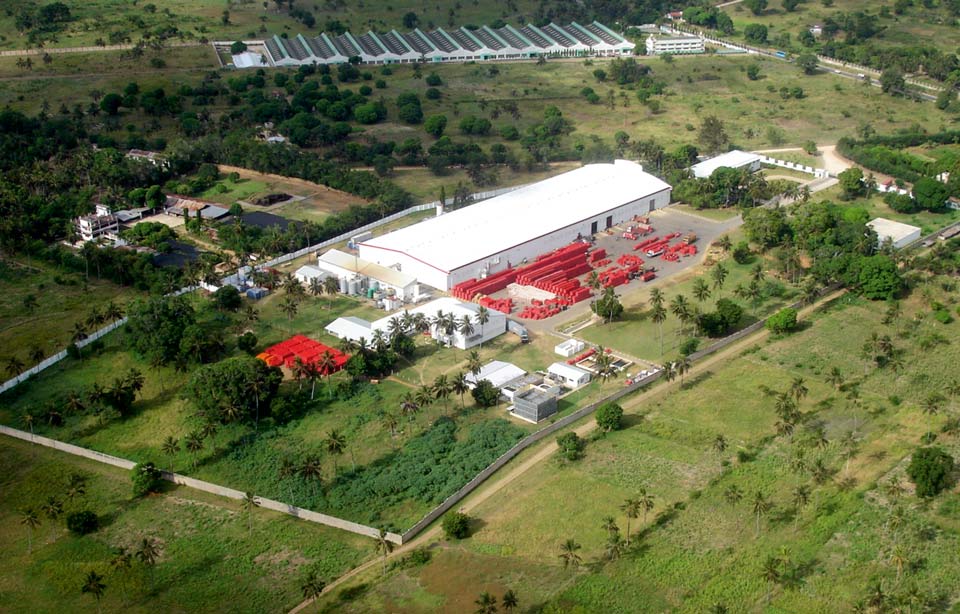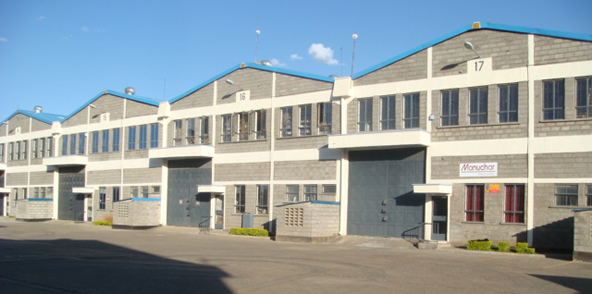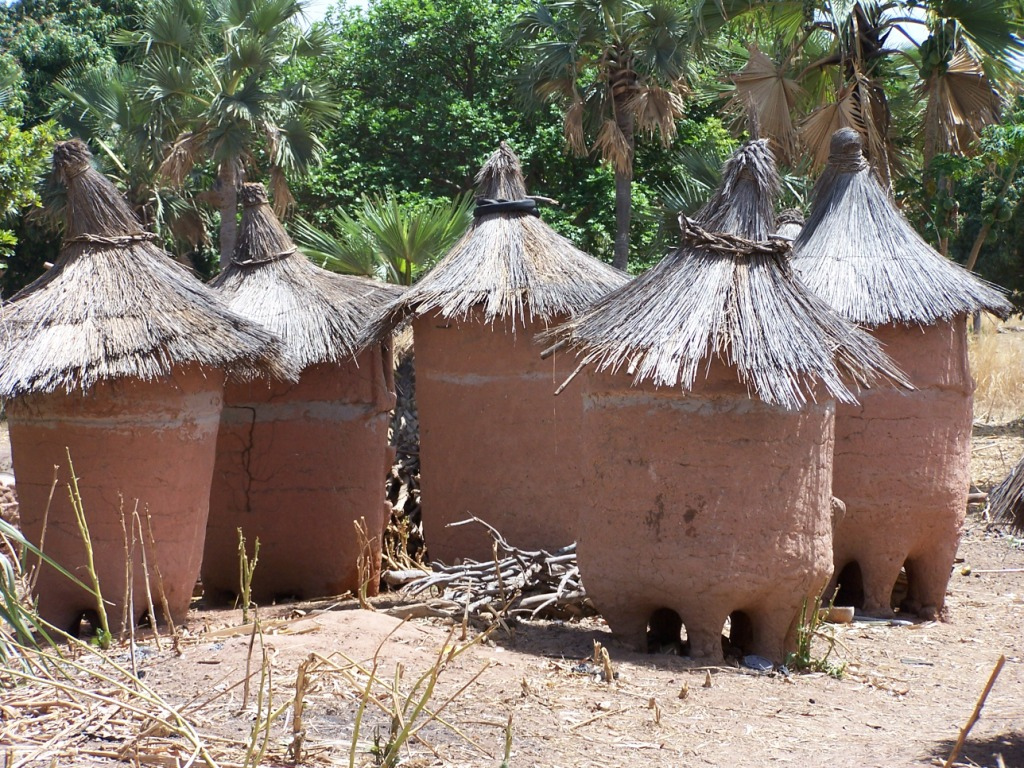Submitted by Momoh Kakulatombo
Public Space: Storage potentials and complexity of public storages in Kenya
Kenya Architecture News - Feb 21, 2018 - 10:49 19254 views

Travelling on Mombasa Road towards the Nairobi CBD, your scouting eye might spot neighborhoods of industrial storage facilities spread along the way. Above their perimeter fences, bold brand signs verbalize their presence. The objects stored inside these places range from house appliances and furniture to vehicles ready for sale.

General Motors East Africa as seen from Mombasa Road. Image © The Star
Storage space in Kenya is a spatial capability that contributes to its economy and urbanization. Storage space is related the very beginnings of Nairobi. In the former British East Africa of 1899, the Uganda Railway built a supply line depot in the area of present day Nairobi.

The picture shows the station in the centre background and the railway workshops on the right. Image © Thee Agora
Contrary to the times and vision of former colonial rulers, today’s inhabitants use storage space for their own greater benefit. Businesses in the service sector of economies require that storage spaces are centrally located or being mobile as in the case of delivery-based business models needed mobile units or fast connecting mobile networks companies requiring physical infrastructure for their digital systems.

Warehouse/Go Down in Mlolongo, off Mombasa Road, Nairobi. Image © Russel Properties
In the secondary and tertiary sectors, storage is designed to accommodate goods for their next immediate use. Manufacturers utilize storage as a central location to distribute goods after production, and is a factor in their performance. Farmers’ storage scenarios need carefully environments. For small-scale farmers, flexible handcrafted structures suffice their needs alongside other methods such as jute bags and metal silos.

Traditional storage structure for maize and groundnut. Photo by Joseph Atehnkeng/Iita-media-library. Image © Flickr

Tradition closed storage structure for Maize In Kenya. Image © Environmental Health Perspectives
For Nairobi city’s inhabitants collectively, public storage becomes more complex. Parking spaces in the city organize private transportation en masse benefitting the whole city’s operation. Furthermore, public museums and libraries are created and maintained with the intent of being storehouses of knowledge. Tangible and intangible resources within the city are arranged by storage to enhane their functional integrity. Public spaces in Kenya, such as the Kenya National Library covered by World Architecture Community, inspire respect shared by members of society for their shared environment.

Warehouse space for sale, Mombasa Road, Nairobi. Image © fit-property
However, Dandora dumpsite is not a space given the same regard. Dandora dumpsite covers 30 acres of public land in Embakasi, a sub-county of Nairobi. It is where the unrestricted dumping of waste – domestic, industrial and medical – contribute to a growing environmental hazard for Nairobians in the locality, according to an online report by the International Solid Waste Association.

Dandora dumpsite, Nairobi. Image © IRIN
Dandora was legally designated a dumpsite in the 1970s. It was financed together with the help of World Bank targeting to offer a higher benchmark of housing. Every day, more than 2,000 metric tons of waste are dumped on this site. The refuse heap is attributed as the main cause of many health issues that locals experiences because of the dumping and burning of toxic waste.
Dandora had been declared past its capacity in 2001. Even so, in 2016 the county government expressed its desire to maintain it as a rubbish dump for ten more years. Currently, managing the city’s waste in Dandora encompasses plastic recycling plants, soon to be expanded to accommodate the increase in garbage. In addition, oxygenation plants are in place as a way to restore nutrients to the Nairobi River which flows through the waste site.
Efforts to bring it up to the standards of other public spaces have begun with rehabilitating sections of the residences near Dandora. It is a beautiful example of the initiative of the local community can only shoulder a small portion of this county wide burden.
Dandora as public land represents the end-stage of resource flows for many individuals’ and interest groups' activities. It is an environment in which all of the cities inhabitants are equal stakeholders. Dandora deserves to be treated with the professional courtesy of consultants in the built environment. For example, environmental and landscape designers have the ability to envision how the garbage dump may be regenerated into a usable setting for the surrounding activities. A professional body like the Architectural Association of Kenya (AAK) have the administrative resources to lobby their members to frame renewed environment for the public. As a public space, Dandora’s potential to benefit residents of the city underscores it as an equitable vision.
Top image: Aerial View of Industrial production and storage space, Mombasa, Kenya. Image © Planning-Kenya